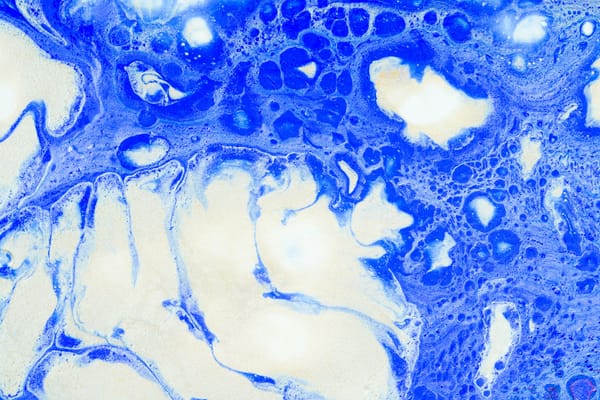Uncontrolled cell growth and subsequent abnormal accumulation of cells is a property all cancers share. Depending on how exactly this manifests, cancers can be divided into liquid and solid tumours.
Given that solid tumours make up roughly 90% of tumour cases in adults (1), this is also the type most people imagine when they hear the word 'tumour'. They are characterised by localised accumulation of cancer cells in a cohesive (or solid) mass of cancer cells. Even in the case of a metastatic cancer, where it has spread to multiple sites within the body, each of the separate cancer lesions will contain a cohesive mass of cells (2).
In contrast, liquid tumours do not accumulate locally in tissues, but rather accumulate in circulation throughout the body using the blood and lymphatic system. Because of this, they don't form cohesive masses (3).
We know that cells in general, as well as their behaviour, are extremely dependent on their surroundings. All the healthy cells in a human body share the same genome. Despite this, they are able to produce completely different proteins, display different behaviours and fulfil different functions. This happens because the context in which cells find themselves heavily impacts gene expression, protein turnover, metabolism, external signalling molecules, and many other things. Of course, this is a two-way street, as cells also affect their surroundings (4).
In this regard, cancer cells are no different. They do not exist independently of the body that surrounds them. In fact, cells of solid tumours have been shown to actively manipulate their surroundings to their advantage, creating something called the tumour microenvironment (5).
Given how different the environments between the two types are, it wouldn't be a far stretch to propose that such a different environment may influence how the cancer cells behave. To a certain extent this is true. However, the uncontrolled growth that leads to these tumours actually happens under very similar conditions.


